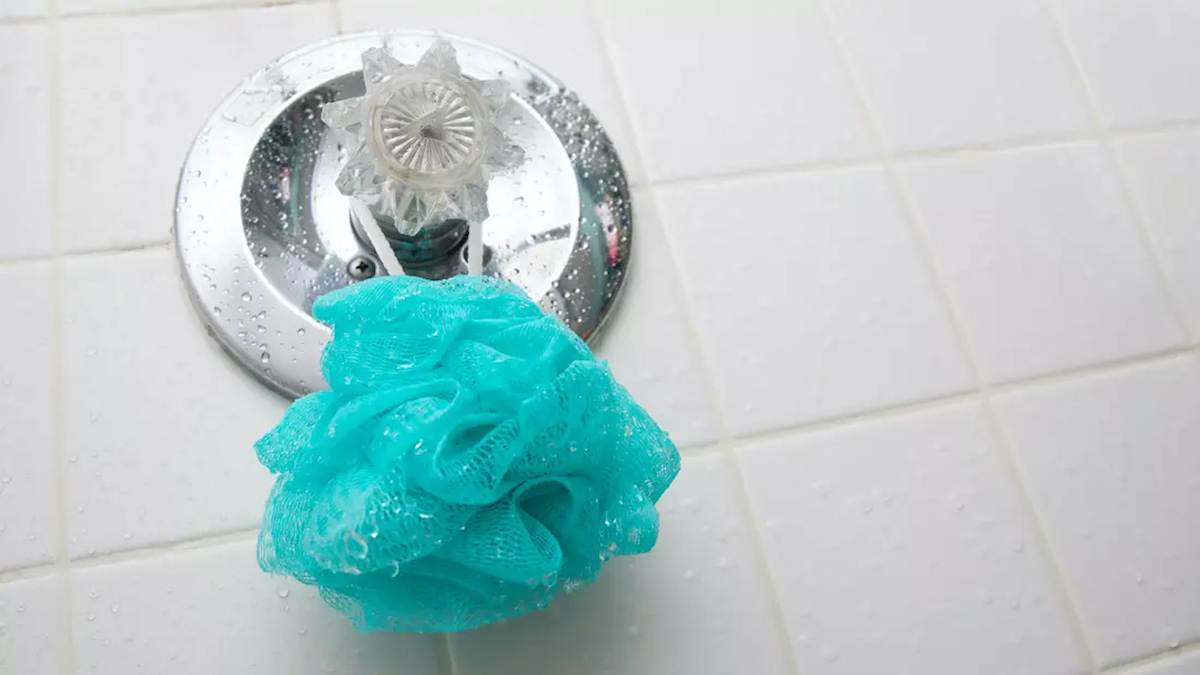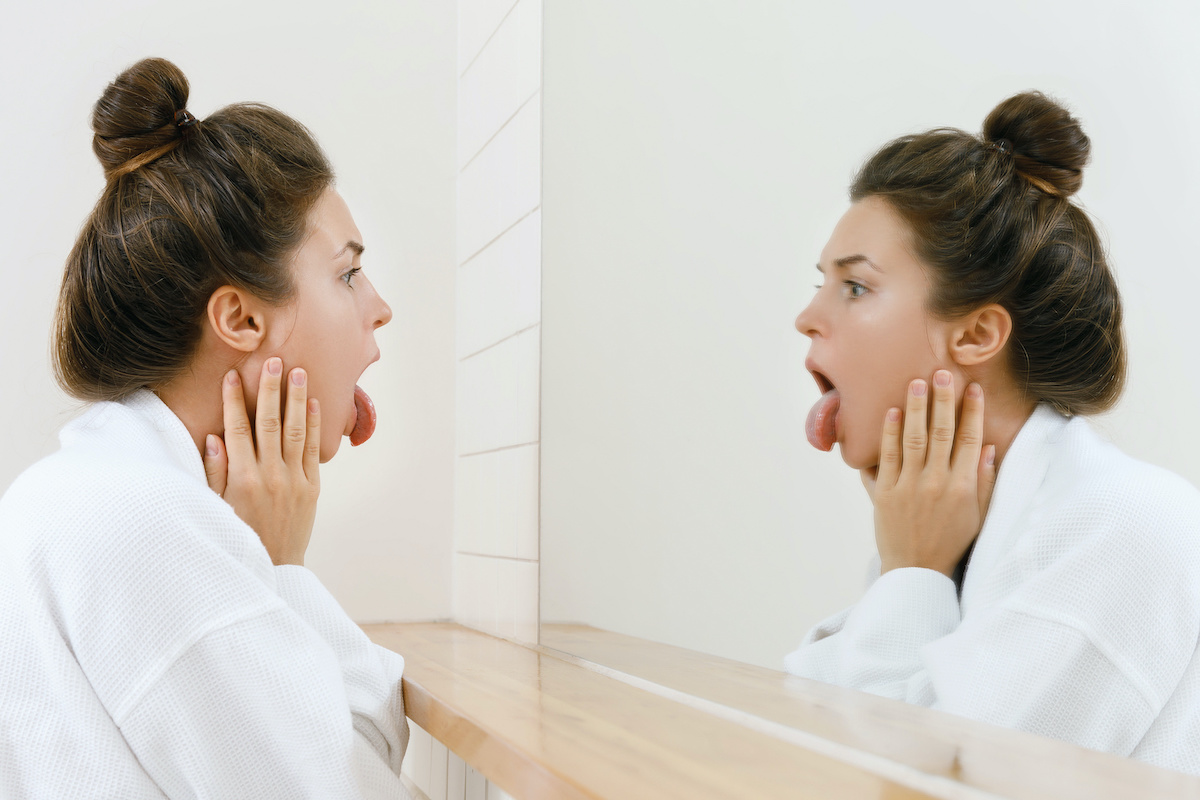
It’s shower time, and you’re ready to get squeaky clean. And the number of body washes, soaps, creams, gadgets, and tools that you can use in the shower is unlimited.
While you may gravitate to your trusty old loofah, maybe you’ve wondered: Are loofahs bad? Do loofahs hold bacteria? Are loofahs sanitary?
The answers aren’t so pretty. By their nature, loofah sponges have lots of nooks and crannies, and they’re very porous. When people use a loofah to scrub off dead skin cells, those cells become lodged in those nooks and crannies. And that sets the stage for a bacterial playground, says dermatologist Melissa Piliang, MD., Anatomic Pathologist, Cleveland Clinic Main Campus.
But that doesn’t mean you should never use one — you just need to know how to keep it clean. Dr. Piliang shares how to clean a loofah and how long loofahs last.
The gross truth about loofahs
Natural loofahs are made from a dried tropical gourd, while synthetic ones are made from plastic. Regardless of the type, there’s plenty of opportunity for bacteria and other gross things to take up residency on your loofah.
“Loofahs are interesting,” says Dr. Piliang. “They’re used in a wet environment, and you hang them up in the shower, which is also a wet environment. They don’t ever totally dry out, so
the loofah is a beautiful breeding ground for bacteria.”
Some kinds of bacteria that may be found in your loofah. How about:
Loofahs can also contain fungal organisms that lead to skin infections. “That’s why it’s important to make sure you keep your loofahs clean, replace them regularly and use them gently—don’t rub your skin too vigorously,” stresses Dr. Piliang.
How to keep a loofah clean
You may love your loofah, but you won’t want the things that can lurk in a loofah to linger. So, how should you properly care for your loofah? Dr. Piliang offers a few tips:
Dry it daily. Rinse your loofah well after each use. Shake it out thoroughly and hang it in a cool place—probably not in the shower—where it has the best chance of drying out.
Avoid using it for a few days after you shave. Bacteria can enter your skin through any sort of nick or cut, so you shouldn’t use your loofah for a couple of days after shaving your legs. There’s no reason to use a loofah more than twice a week anyway, Dr. Piliang says.
Never use it on your face or in your genital area. Those parts of the body are sensitive. “You wouldn’t want to scrub them anyway,” she adds.
Clean it weekly. “No matter which loofah you’re using, you should clean it at least once a week,” Dr. Piliang instructs. To do so, soak it in a diluted bleach solution for 5 minutes and then rinse thoroughly. Or put it in your dishwasher.
How often should you replace a loofah?
How often should you change your loofah? Dr. Piliang offers the following guidance: “If you have a natural loofah, you should replace it every three to four weeks. If you have one of the plastic ones, those can last for two months.”
And pay attention to its appearance and smell, she notes. “If you notice any mold growing on your loofah, you should throw it away and get a new one. Or if it develops a mildewy or musty odor—that’s a sign you should get rid of your loofah.”
Alternatives to loofahs
What to use instead of a loofah? You may want to consider washcloths as a good alternative to loofahs. They don’t present the same degree of problems. Their physical structure makes them less susceptible to anything lodging in them—and also makes them easier to clean and dry, Dr. Piliang says.
Plus, you probably tend to wash them in the laundry and replace them more often than you would with a traditional loofah. You can also consider other options like silicone bath scrubbers, which are made with antimicrobial benefits or sea sponges, which are grown in fresh bodies of water and boast some antibacterial properties.
Bottom line?
If you’re devoted to your loofah, go ahead, and keep using it. But implement Dr. Piliang’s advice about drying it out every day and cleaning it once a week. And make sure you avoid certain sensitive areas like your face and genitals.
Source: https://health.clevelandclinic.org/loofahs-can-double-as-bacterial-breeding-grounds












